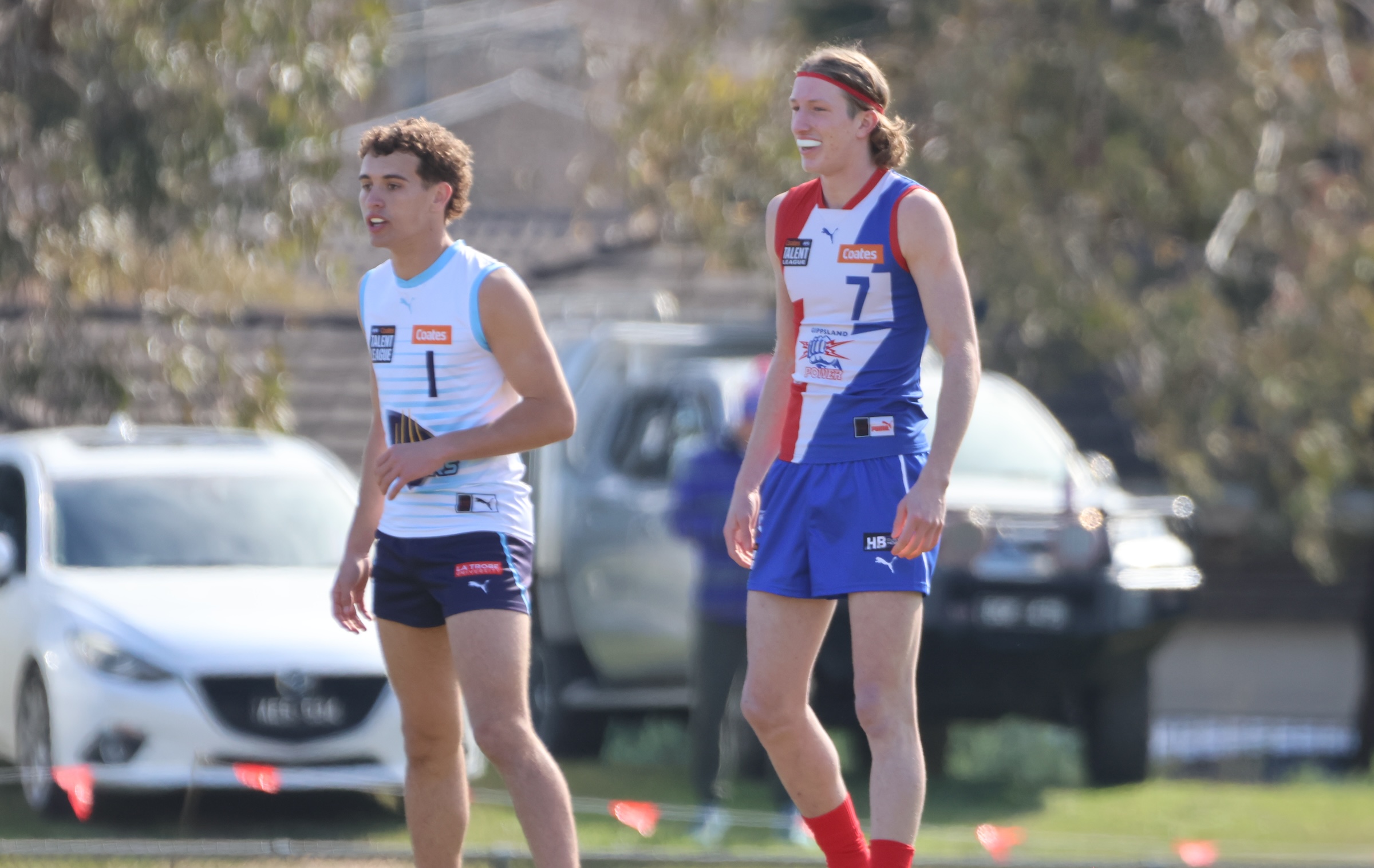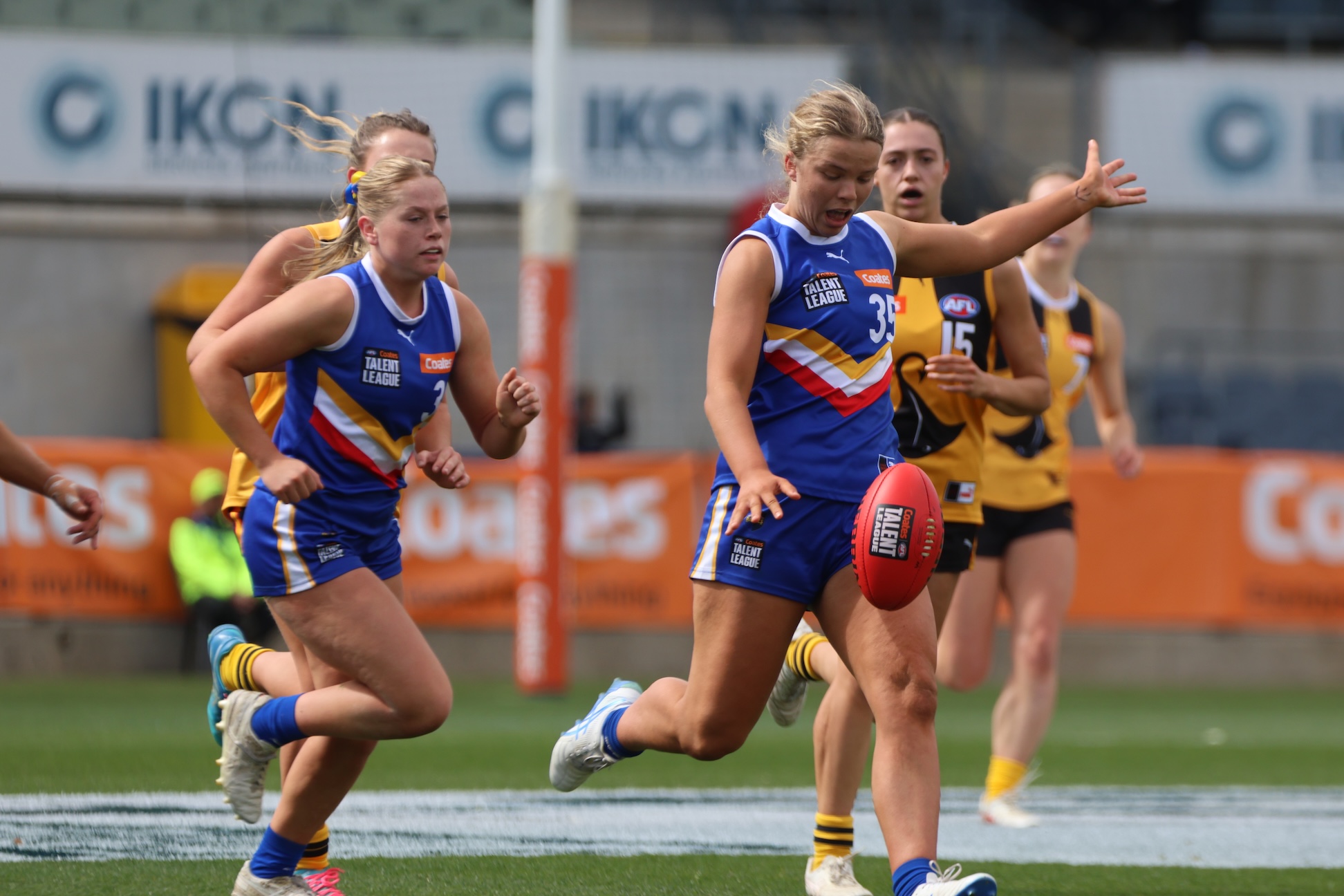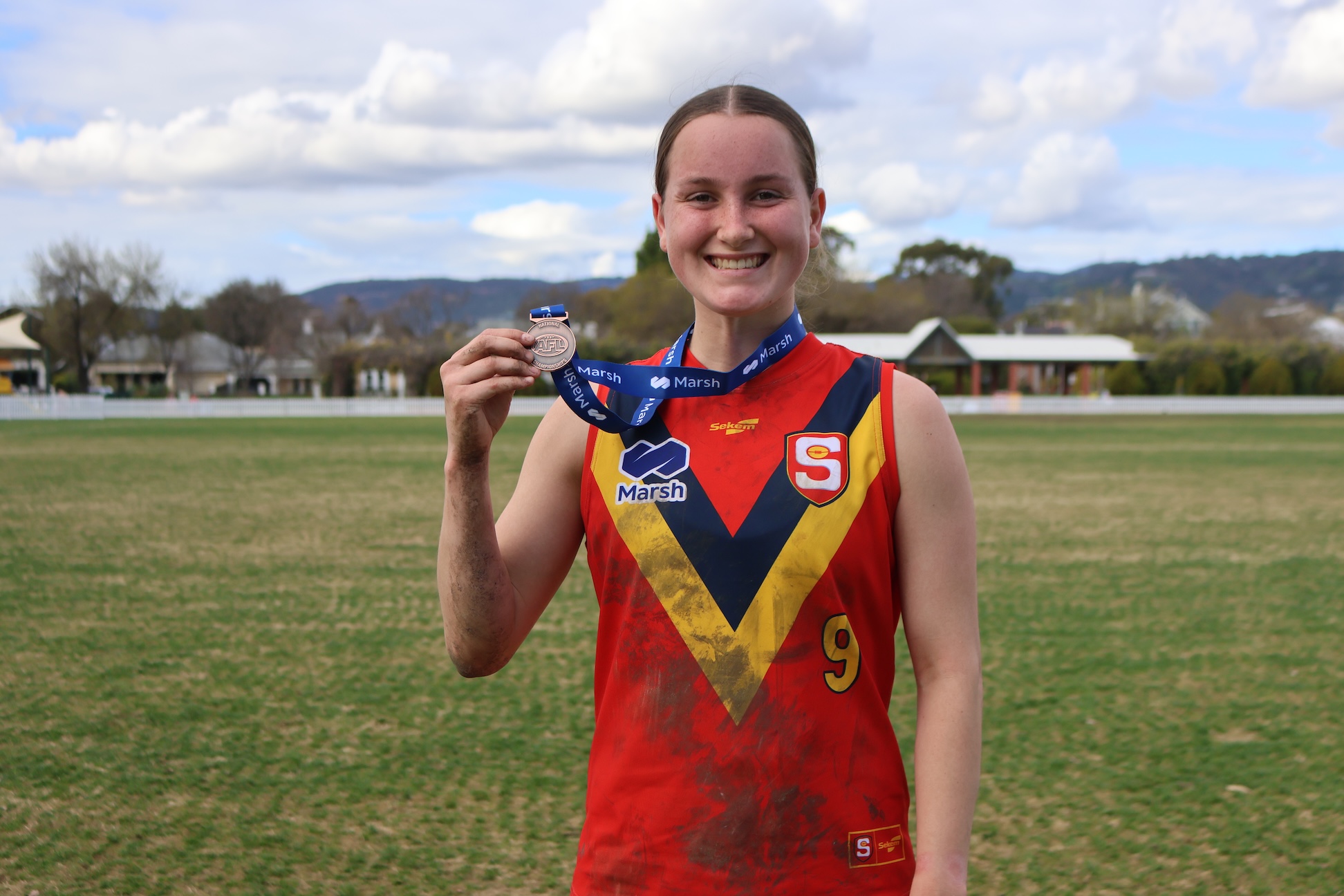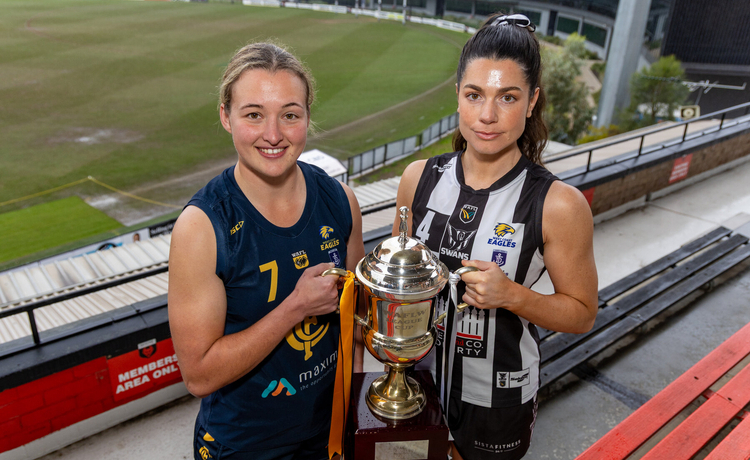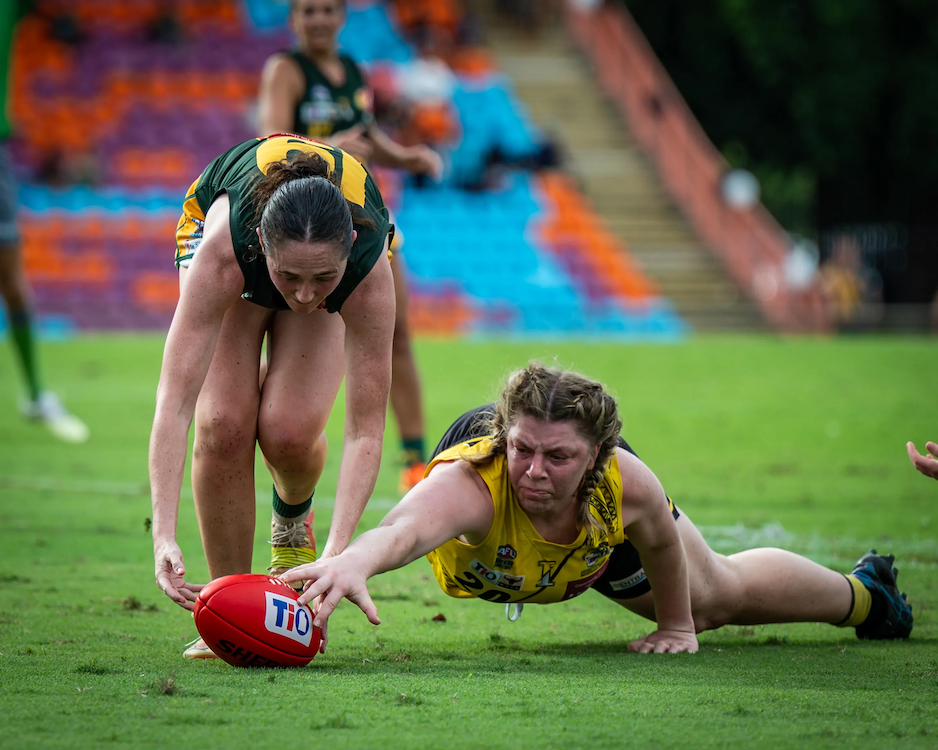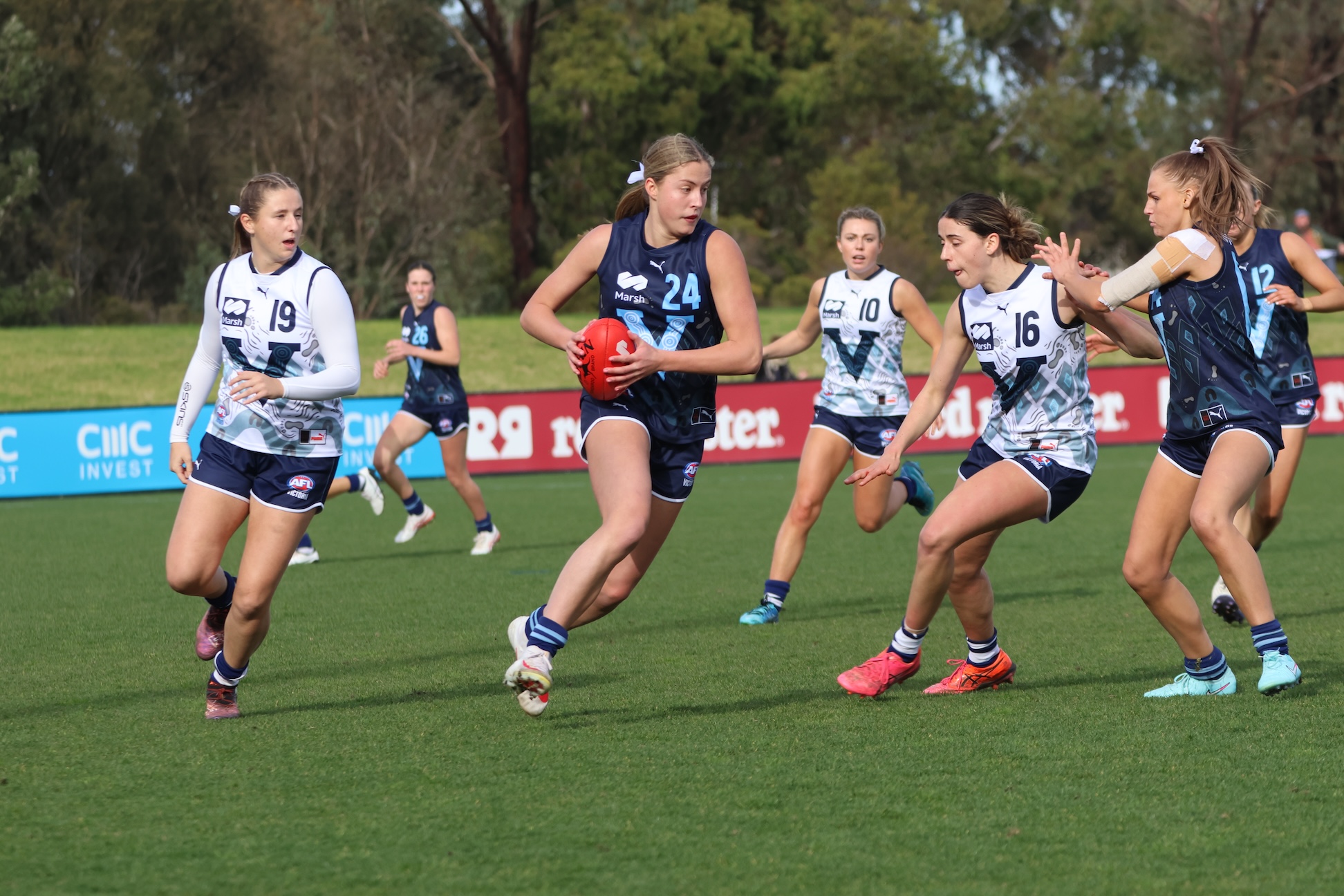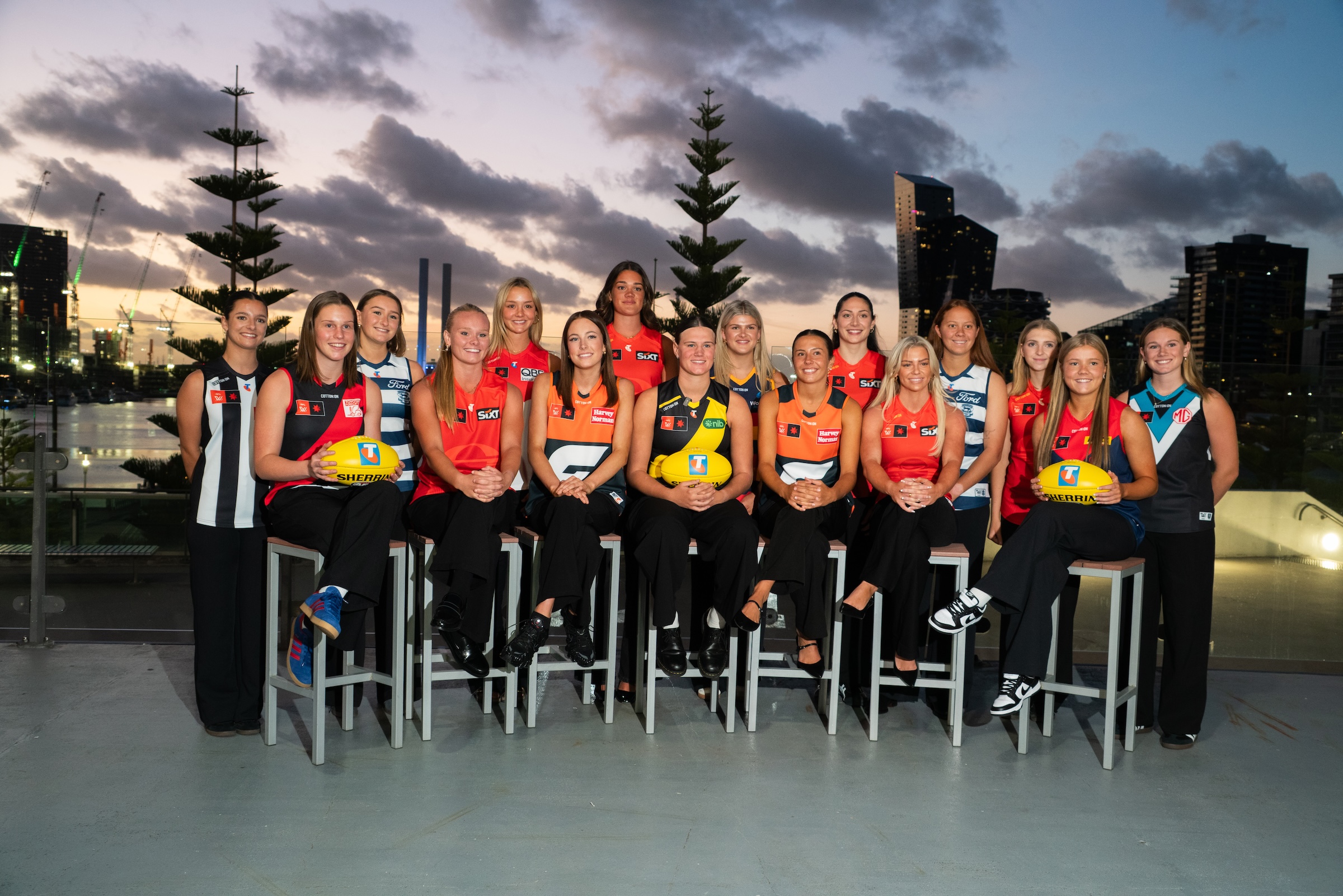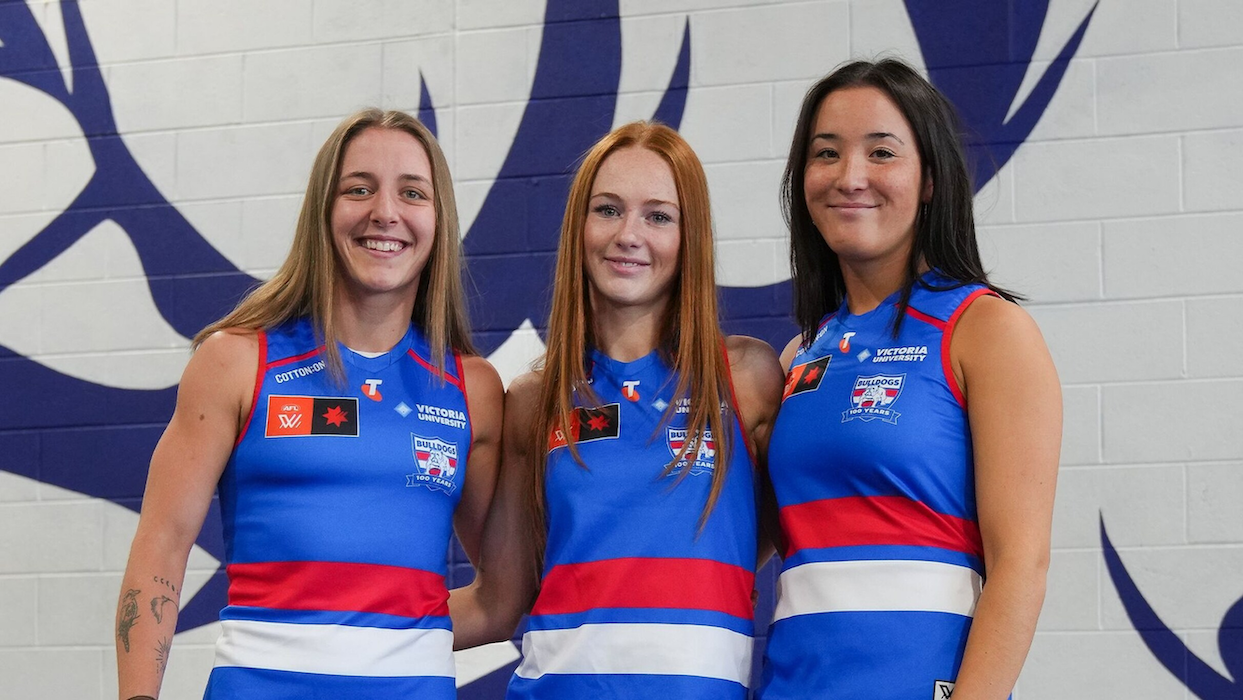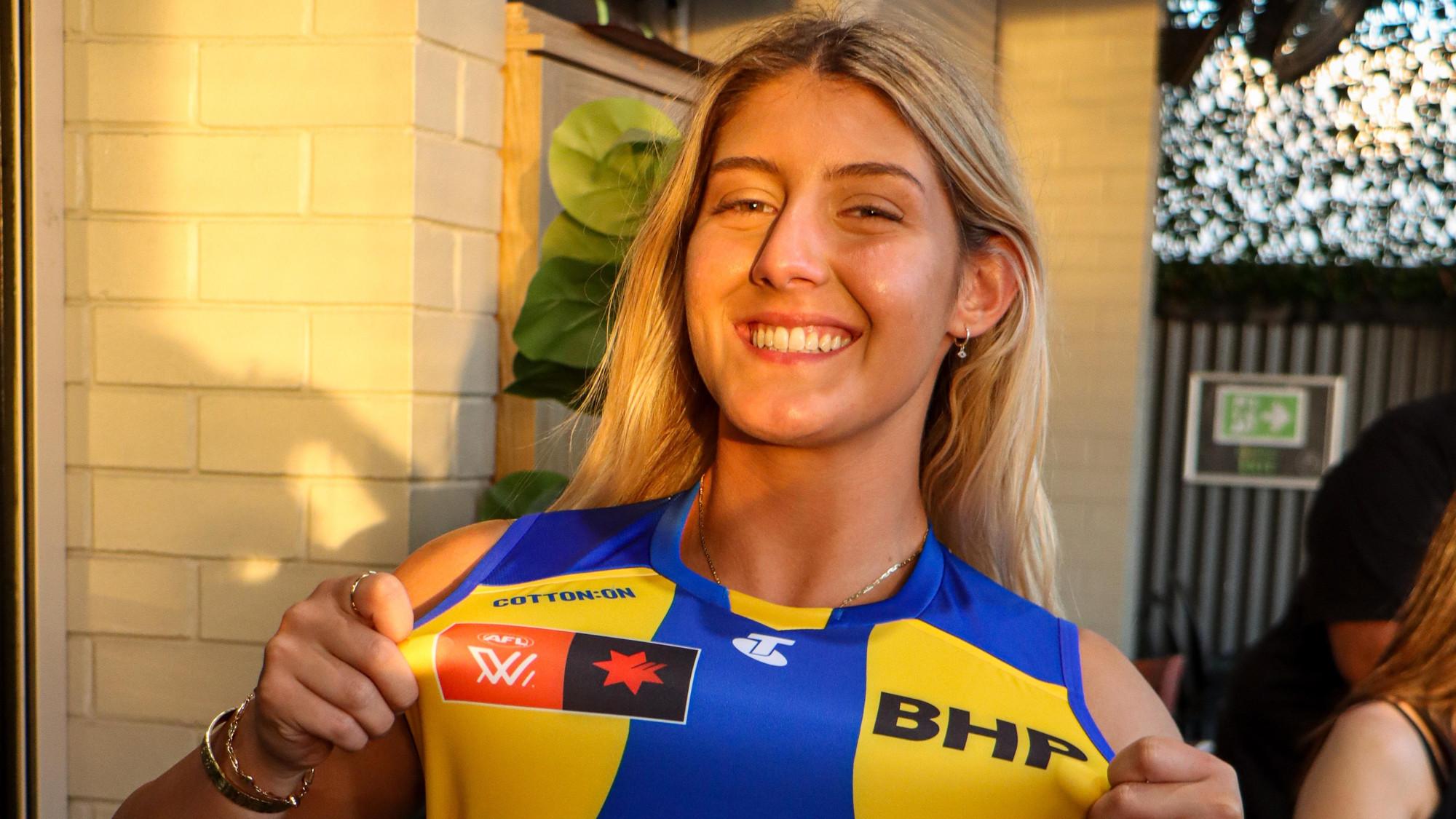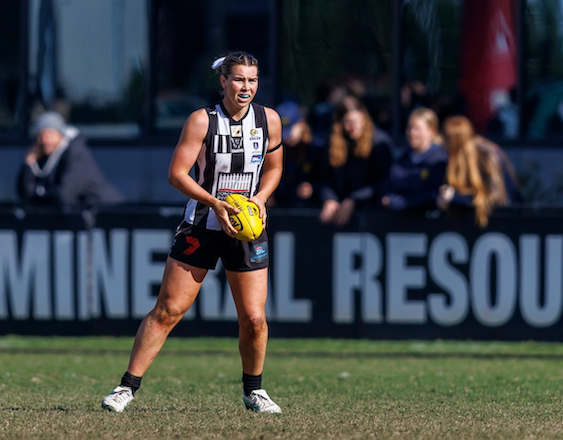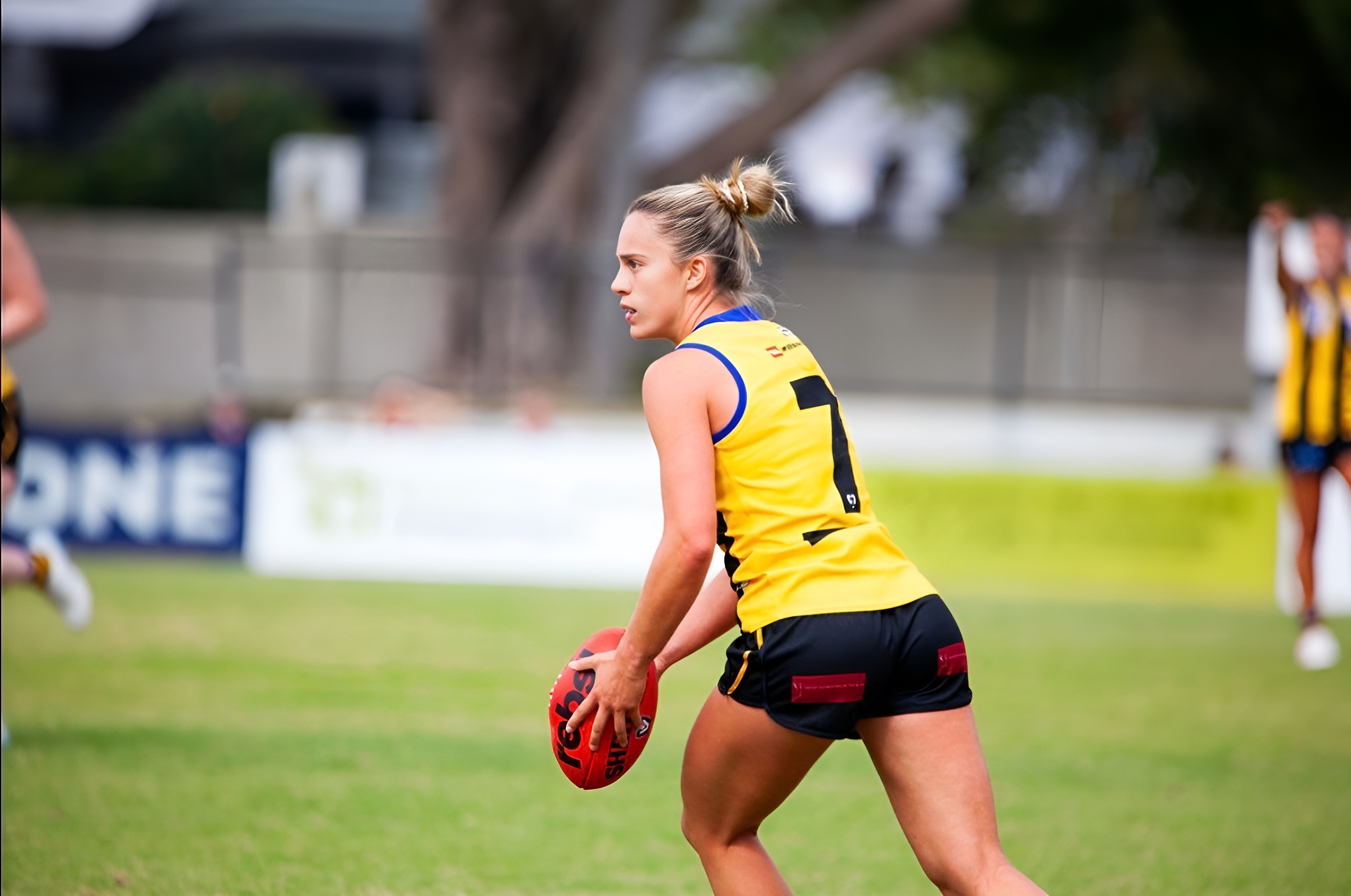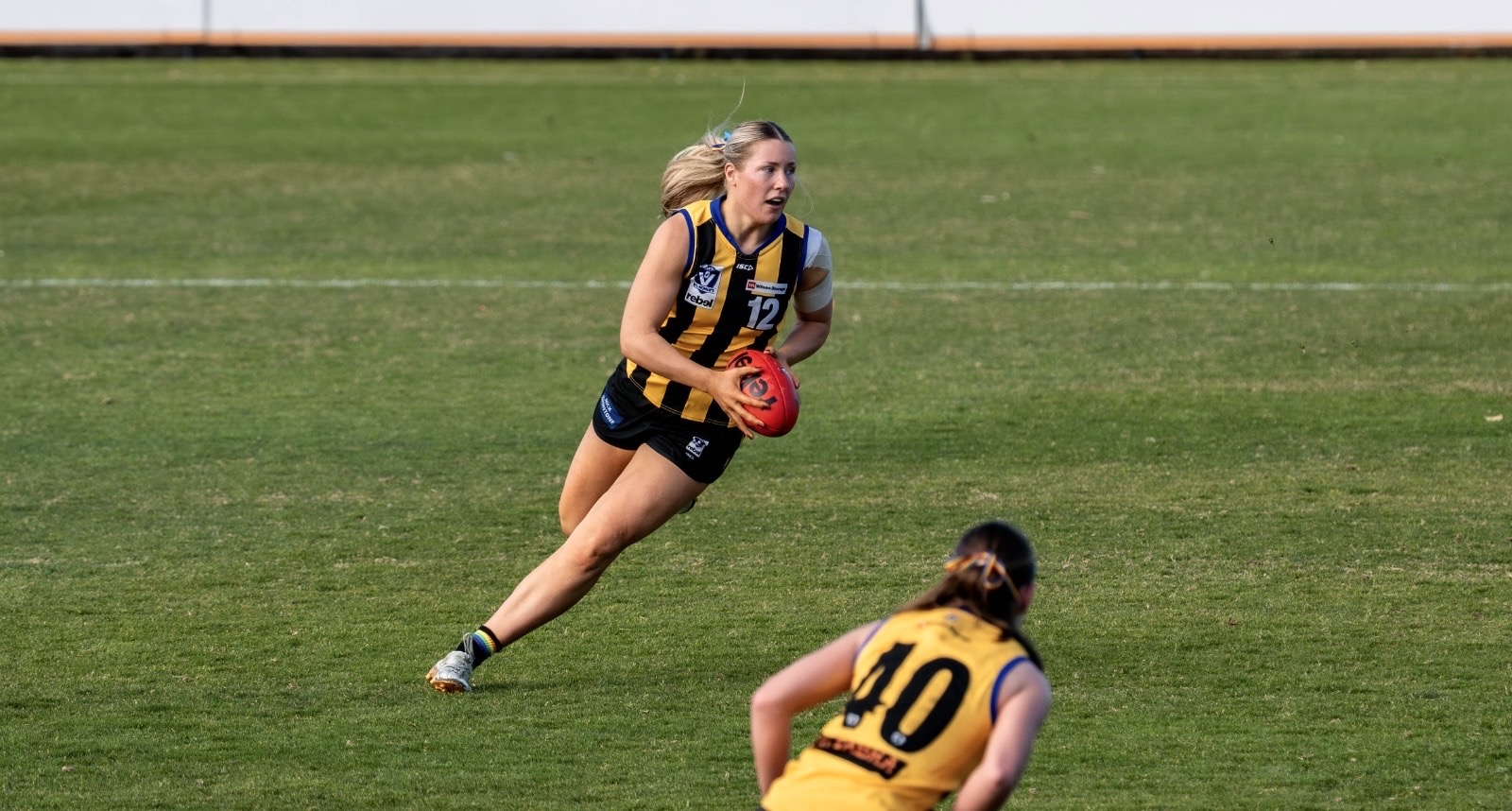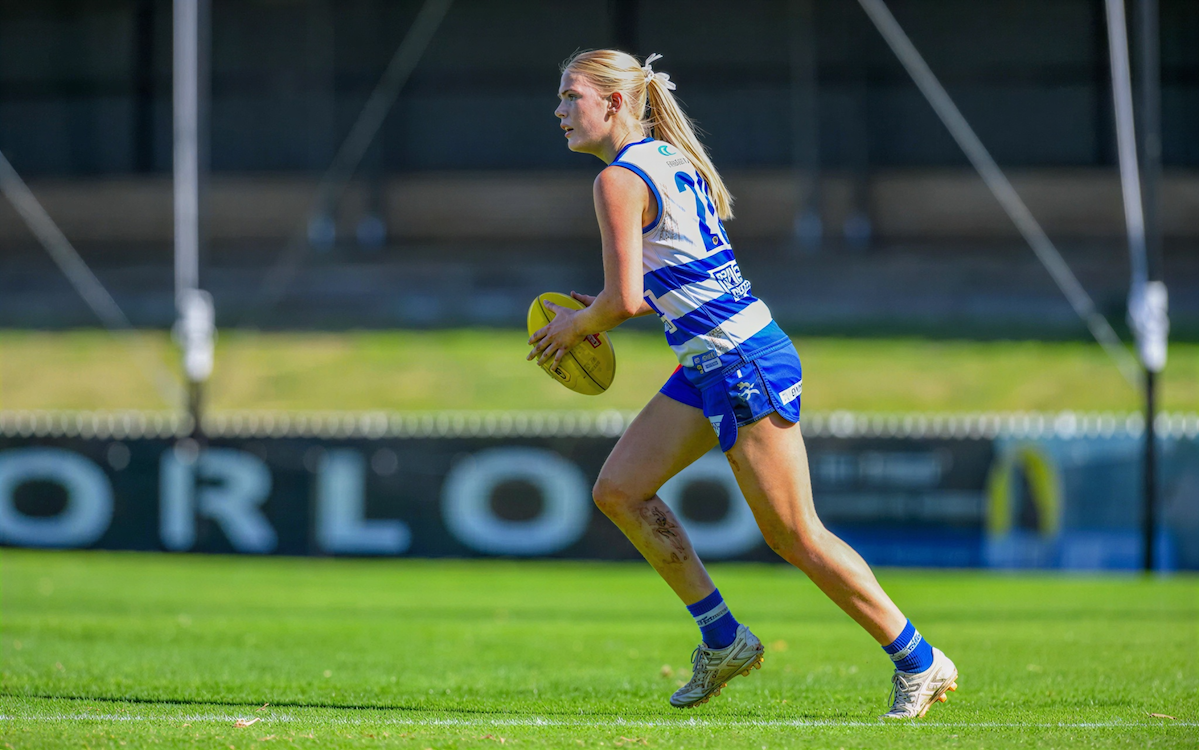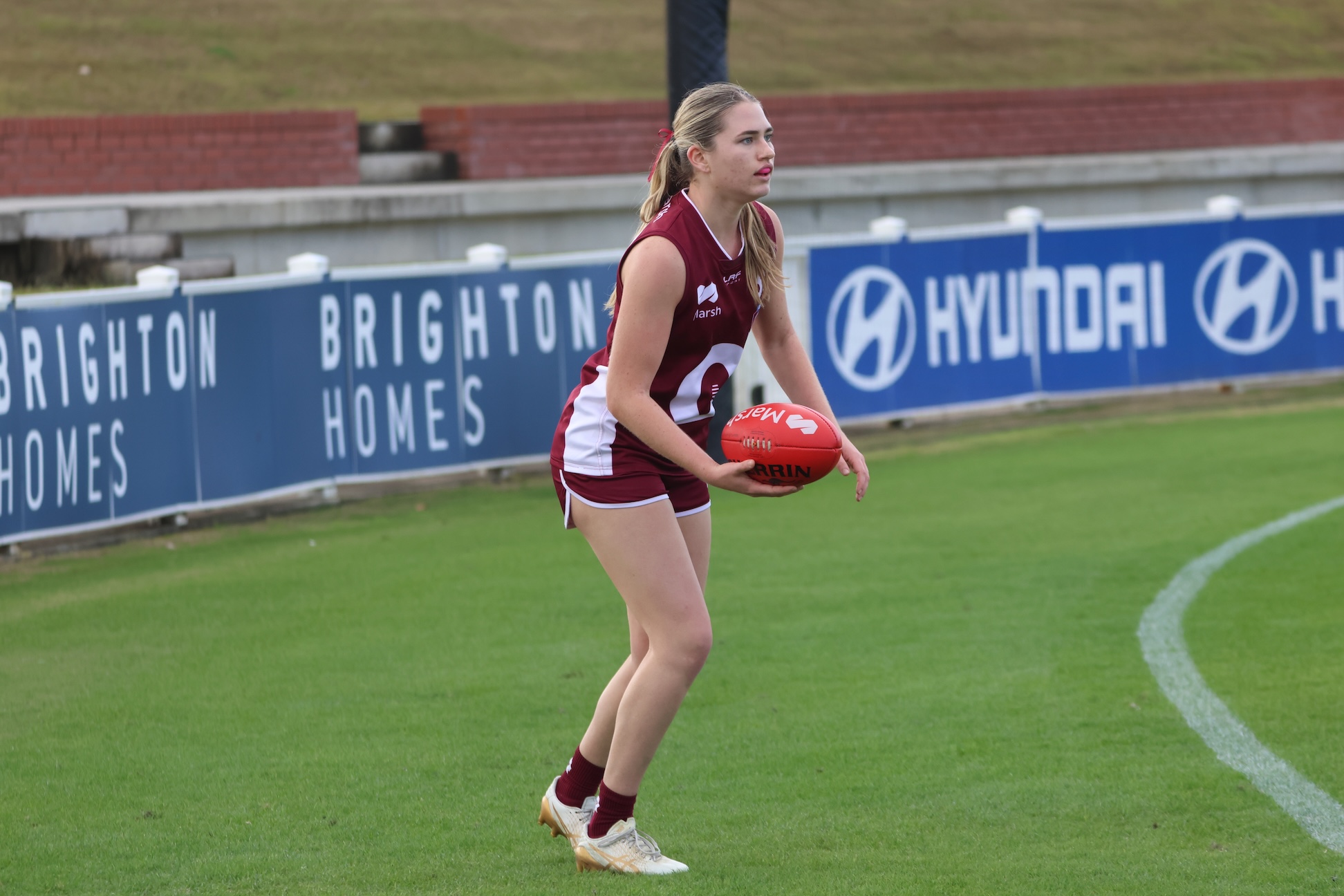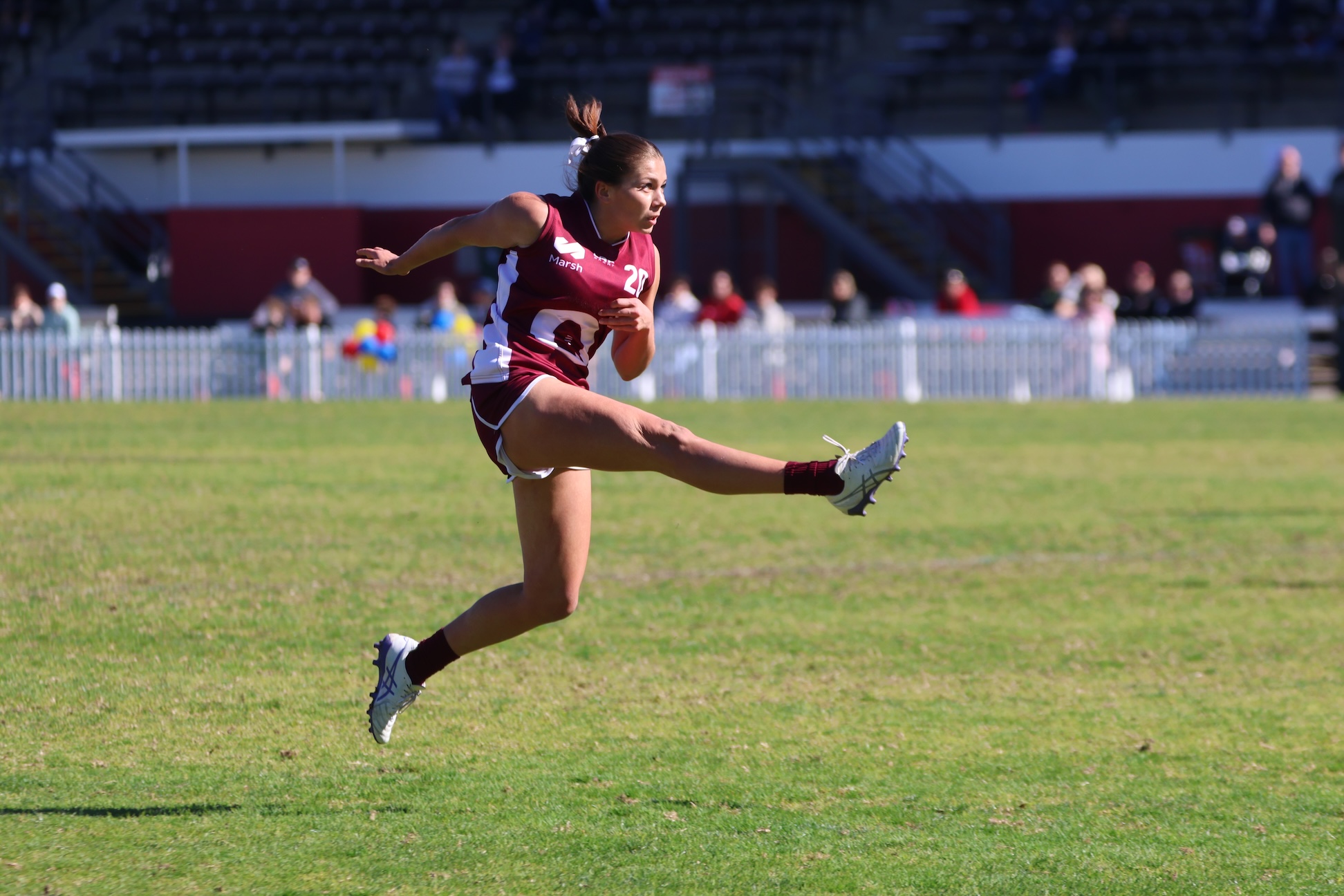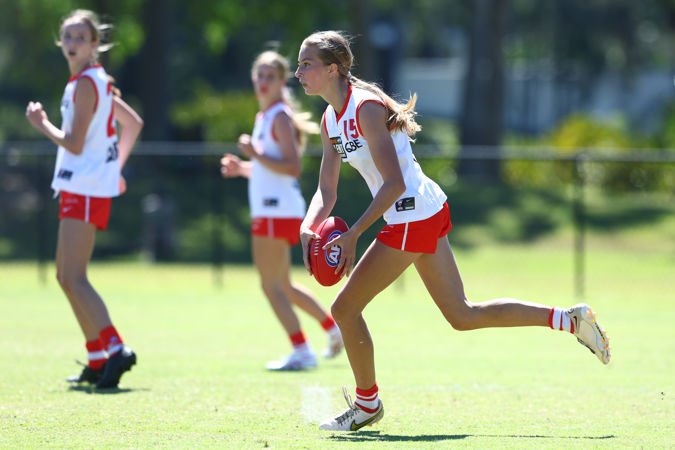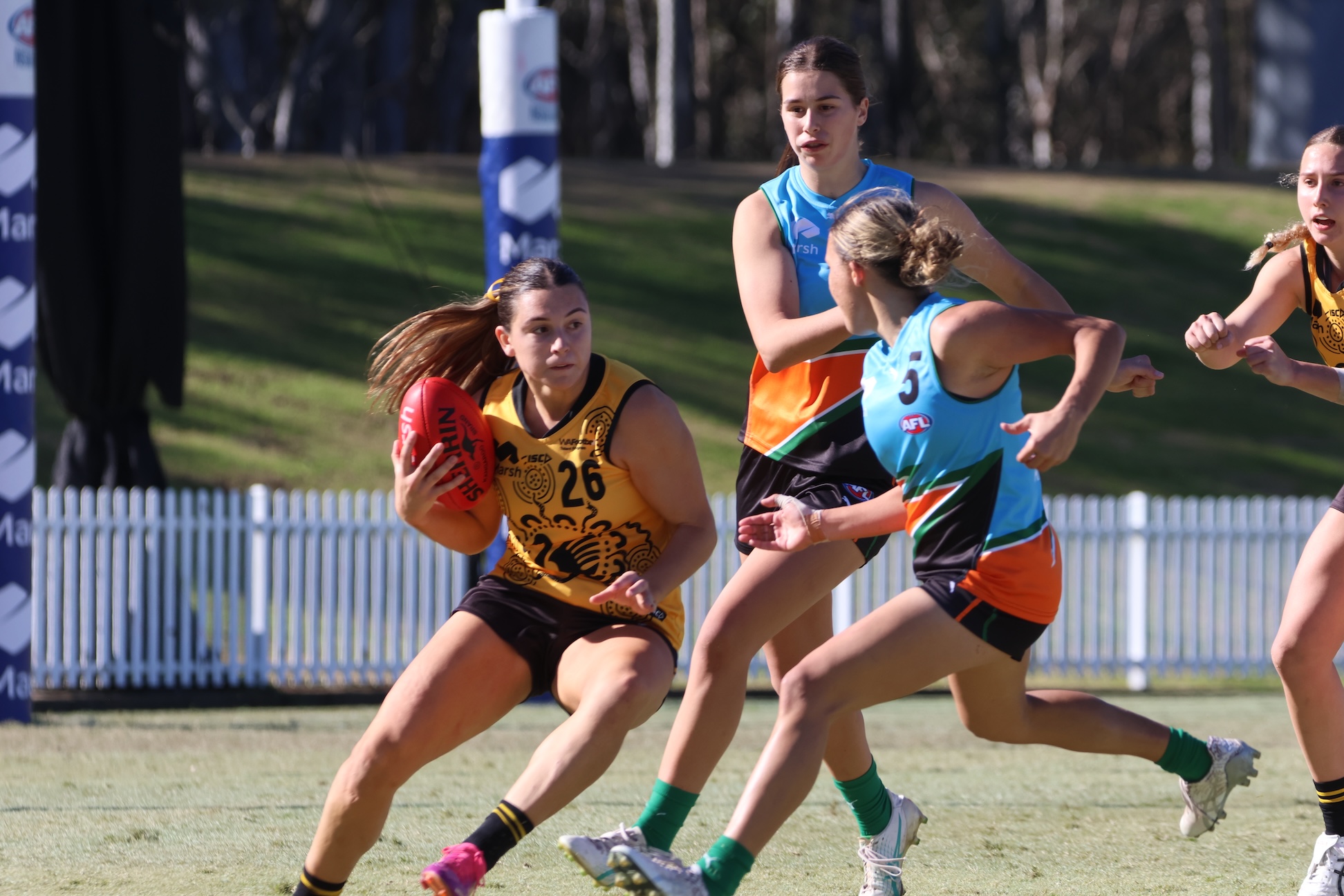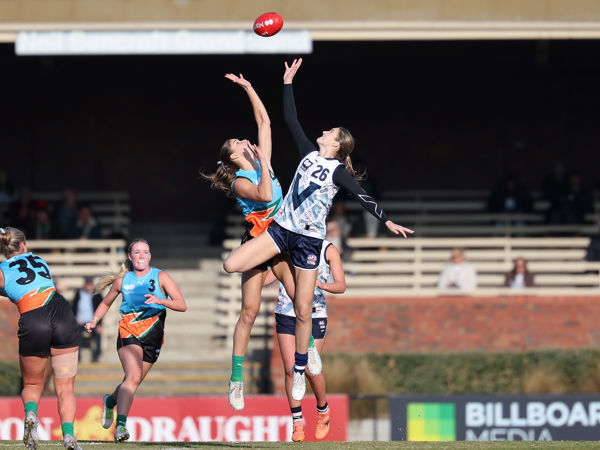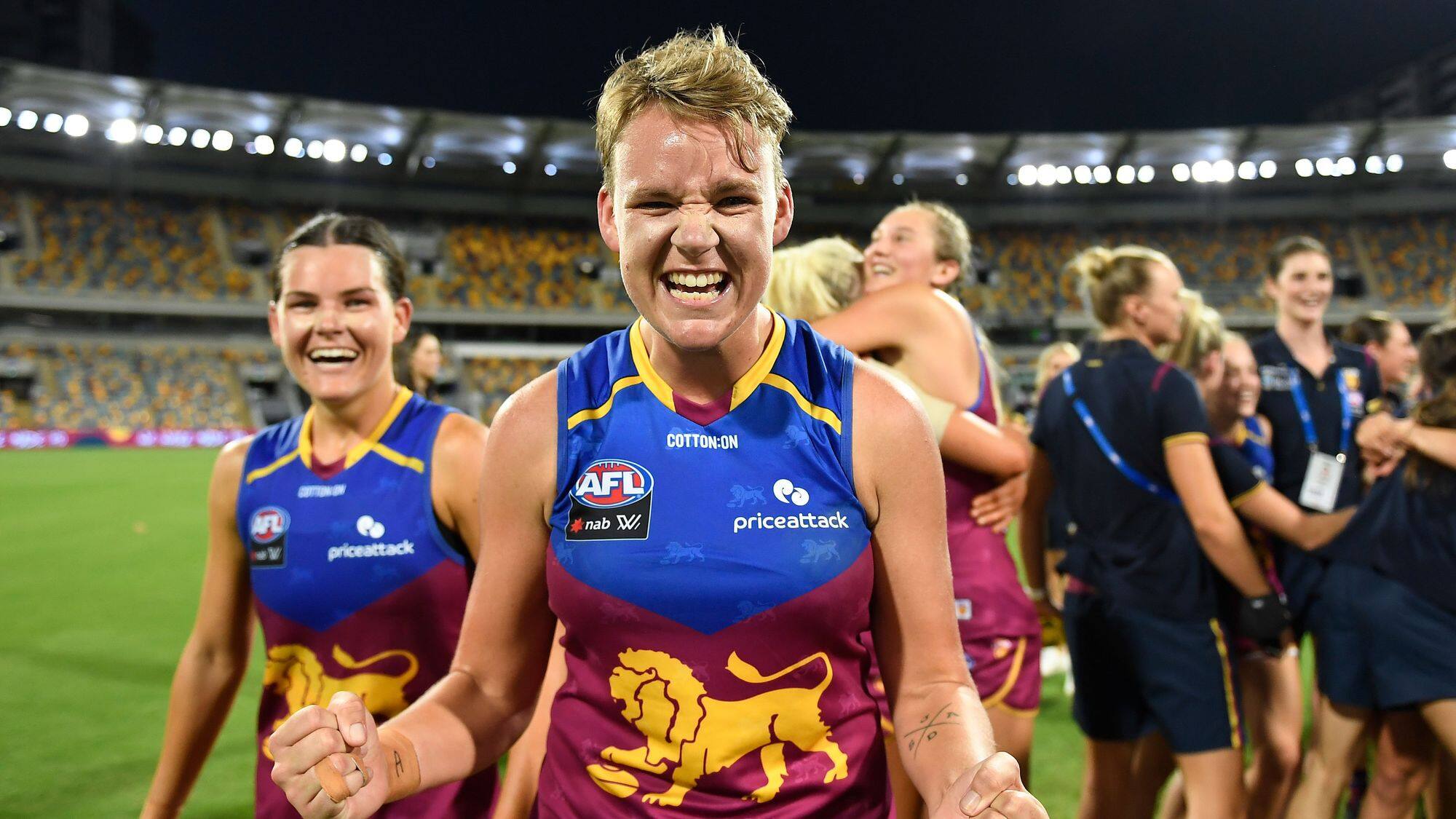A TRADITIONAL football system is getting a revamp, with the Adelaide College football turning to a multi-tier system involving promotion and relegation, and we look at how it works, what it means and how the College football and State league can work together for the best possible results.
College football has a long and proud tradition in Adelaide, in fact next year, two of the oldest colleges, Prince Alfred College (PAC) and St Peters will play in their 150th annual Intercol, and in 2017, Sacred Heart and Rostrevor College completed their 95th year of Intercol competing. This tradition has resulted in an agreement with the SANFL that prioritizes a player to be allowed to play for their College side over their South Australia National Football League (SANFL) side. In almost all cases players named in an SANFL league team are released for SANFL duty.
The SA College system has a long production line of AFL Players with some recent draftees since 2014 including:
For PAC: Zac Bailey, Mitch Crowden, Aaron Francis, Riley Bonner, Cam Hewett, Harrison Wigg.
Sacred Heart: Charlie Ballard, Mitchell Hinge, Liam Mackie, Alex Neal-Bullen, Keenan Ramsey, Cory Gregson, Ryan Burton.
St Peters: Will Hayward, Matt Allen.
Rostrevor: Darcy Fogarty, Harry Petty, Toby Pink.
Also from other colleges include Callum Coleman-Jones, Andrew McPherson, Lewis Young, Luke Partington and Stefan Giro.
The talent at College football is deep and keeping tabs and reporting on the performances of those players important.
2018 College Football System
The 2018 season will see SA College football have a revamp, culminating in a new system of promotion and relegation with a top level Premier League and a north and south Championship League. It is a bit complex, but here is how it will work for 2018:
Stage 1: The Premier division will start with six teams: PAC, Sacred Heart, Rostrevor, St Peters, Immanuel and St Michaels. There will then be a Championship North conference: Trinity, St Ignatius, Westminster, Blackfriars, Marryatville and PAC 2. The Championship South conference will include: Scotch, Mercedes, CBC, Pembroke, Adelaide High and Sacred Heart 2. Stage 1 games will involve all schools in their respective grades playing each other once. At which point re-grading will take place.
Stage 2: The bottom two Premier League teams will be relegated to the Championship league. The top team in the North and South Conference will be promoted to the Premier League. Also the next 12 teams will then be regraded into two further divisions of 6 to allow hopefully all schools to be more evenly matched for Stage 2 of the season.
Stage 2 will see each team play each other again for the premiership in each division.
Finals: In the Premier League the top team will go straight into the State Championship grand final, with the second placed team to play a preliminary final against the highest ranked State school. So in 2017 Sacred Heart was defeated by Henley High in the preliminary final, then with Henley going into the Grand Final against PAC, resulting in victory to PAC in a thrilling contest.
So during the season the typical under 18 draftable college player will play five to six SANFL games, then start College football for five games, then two to three back in the SANFL during school holidays, and then another five to six College games, before SANFL finals kick in.
SANFL vs College Football
Whilst there is a peace between the SANFL and the College System, there is always some debate about the merits of College football, as compared to the development and recognised elite pathway through the SANFL. However those in the College system will argue that College footy presents those players with a pure football experience, focused on team and character rather than individual performance and stats, as well as the opportunity to still play SANFL, and exposure to a college education.
Many country-based players are given this option to board at a city-based college and this gives them the opportunity to play all forms, whereas otherwise a seven0hour round trip for a Lucindale-based player such as Darcy Fogarty, may not be feasible. It should also be noted that the College teams are now often coached by ex-AFL/SANFL players and have support structures similar to SANFL clubs. In 2017 College coaches included ex-AFL/SANFL players and coaches in Martin McKinnon, Jon Symonds, Steve Symonds, Brett Chalmers, Darren Trevena, and Andrew McLeod.
Those in the SANFL may well argue that by doing both you do not promote yourself as best you can. An interesting outcome of College football is that there is no Champion Data on games and generally these games are not videoed. So it is quite common to see a bunch of recruiters at these College games, tracking the performances of these potential AFL players. Whilst the best players will go through, there are also the fringe players who do not get through because AFL teams haven’t got enough data to make that call.
This is an interesting debate. An example from last year involves a player not getting selected for SANFL Under 18 games, but playing College football. Recruiters attending college games noticed this player and upon noting his lack of SANFL games, questioned the club and he was subsequently selected in his SANFL Under 18s club game where he had some excellent performances. After this he was invited to the SA State based AFL Combine and ended up playing in a SANFL reserves final. And he met with a number of AFL clubs. This player was not subsequently drafted. Feedback was positive, “we liked what we saw, just didn’t see enough”, and encouraging for future years. Did College football help this player get noticed? Absolutely. Did SANFL footy help this player? Not to start with and then absolutely. There are pros and cons to both systems and many examples both ways of the benefits if the AFL path is what you want.
A perfect example of where school football and a state development league did work out however, was Sandringham Dragons’ Nathan Murphy, who missed out on being picked for the Dragons initially, and then after some superb form in the APS competition, made it onto the Dragons list mid-season and by the end of the year, had found a home in the AFL, selected by Collingwood in the National Draft.
But in the meantime, the culmination of a College football year is the end-of-season Intercol game between traditional rivals. An experience not to be missed as player or spectator. The week of festivities, with thousands watching the game, and the post-match with each team being swamped by hundreds of school mates, presentation of trophies and speeches is AFL Grand Final like – just minus Mr Brightside.

